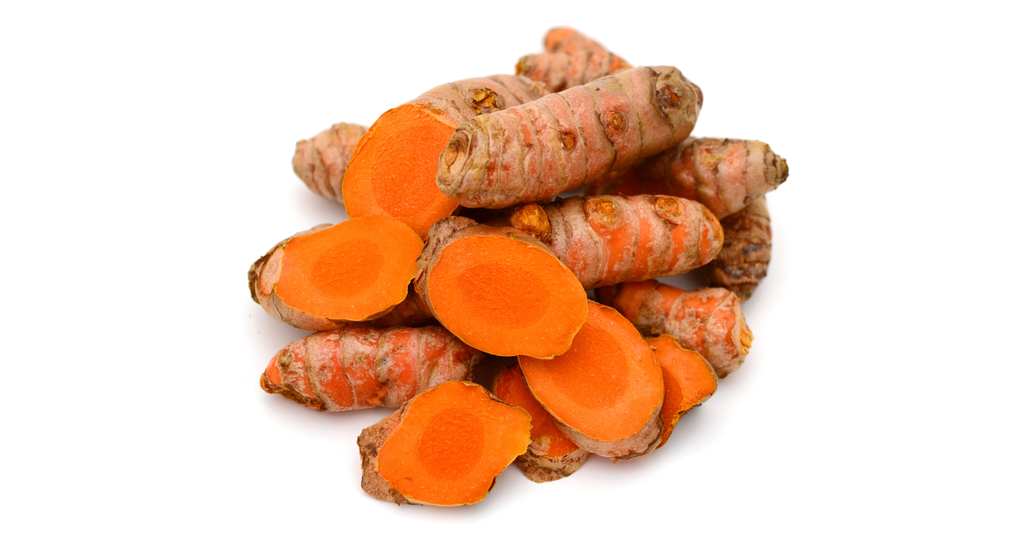
Turmeric is the tuber of the Turmeric plant ( Curcuma longa L.) especially known for its dark yellow color. The color of turmeric is the reason why it is used for so many different purposes. Turmeric is an important ingredient in mixed curries and also appears in Asian dishes and used as a coloring agent in a variety of foods. The turmeric plant is in the same family as the ginger plant and originates from India. The plant is 0.5 to 1 meter tall with large, green leaves surrounding a purple and white flower. The tree grows best in warm climates with lots of rain.
Until now, India still accounts for the majority of turmeric exports in the world and the quality of Indian turmeric is said to be the best in the world. Indians are also the biggest users of turmeric and they themselves account for 80% of the world's total consumption of the colorful spice.
Turmeric entered Europe when famous Italian explorer and merchant Marco Polo brought the spice home from a trip to China in 1280. Until the Middle Ages, turmeric was used as a spice. A more reasonable alternative to saffron.
The appearance and texture are very similar to ginger. Although turmeric has many similarities with ginger, the two spices are different in flavor. While ginger has a very strong taste, turmeric has a mild and slightly bitter taste, so it is often used in cooking along with other spices that have a more delicious flavor.
In South Asia, turmeric doesn't just play an important role in dinner. It also has a meaning in religious and cultural contexts. According to Hindu beliefs, turmeric is associated with fertility and prosperity for newlyweds, so it is not uncommon for the bride and groom to be smeared with a mixture of water and turmeric before the wedding. . For Buddhists, turmeric symbolizes purity and therefore the yellow spice is an important part of several religious ceremonies. Perhaps most importantly, turmeric is used to dye the distinctive orange robes of Buddhist monks.

Turmeric in food protects health
In addition to its widespread popularity in the kitchen and various rituals, turmeric is also a widely used ingredient in health foods. Turmeric is used for the following benefits:
- Reduce pain in muscles and joints
- Contributes to maintaining joint flexibility
- Contributes to protecting joints
- Contributes to joint comfort
Thus, you can benefit from the beneficial effects of turmeric by including a certain amount of turmeric in your daily diet. But if you desire your food to have a color other than turmeric's deep yellow, you can also get beneficial effects through nutritional supplements. When you use turmeric as a dietary supplement, the ingredients are concentrated because they have been extracted through a controlled technological process. Therefore, you can easily and simply tolerate the beneficial substances of turmeric.
The positive effects that one must highlight of turmeric, are regulated through EU law. If a use is clearly demonstrated, it can be used in health protection products in significant quantities. Several applications about the effects of plants and plant parts are currently on the waiting list and can also be used to explain to consumers the expected effects of the product.




